Spicy dry seasonings are naturally dried spices or spice blends that deliver intense heat without moisture. Unlike fresh chilies, they offer concentrated flavor and versatility for cooking. This comprehensive guide covers everything you need to know: what they are, top 5 must-have varieties, how to use them effectively, buying tips, DIY blends, storage secrets, and answers to common questions.
Table of Contents
- What is 'Spicy Dry'?
- Top 5 Spicy Dry Seasonings for Home Cooks
- How to Use Dry Spices Without Burning Your Mouth
- Buying Guide: How to Choose Quality Spicy Dry Seasonings
- Create Your Own Spicy Dry Blends at Home
- Storage Tips: Keep Spices Fresh for 2+ Years
- Frequently Asked Questions
- Conclusion
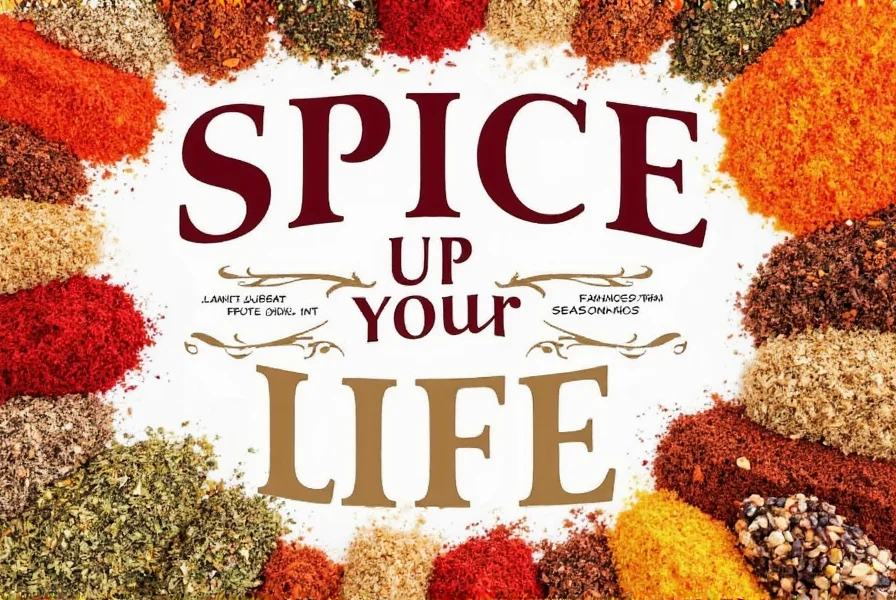
What is 'Spicy Dry'?
The term 'spicy dry' refers to naturally dried spices or spice blends that deliver heat without moisture. These ingredients are typically used in powdered form, crushed flakes, or whole seeds and pods. Unlike fresh chilies, which offer bright vegetal notes, spicy dry seasonings provide concentrated fire and depth, often with smoky or earthy undertones.
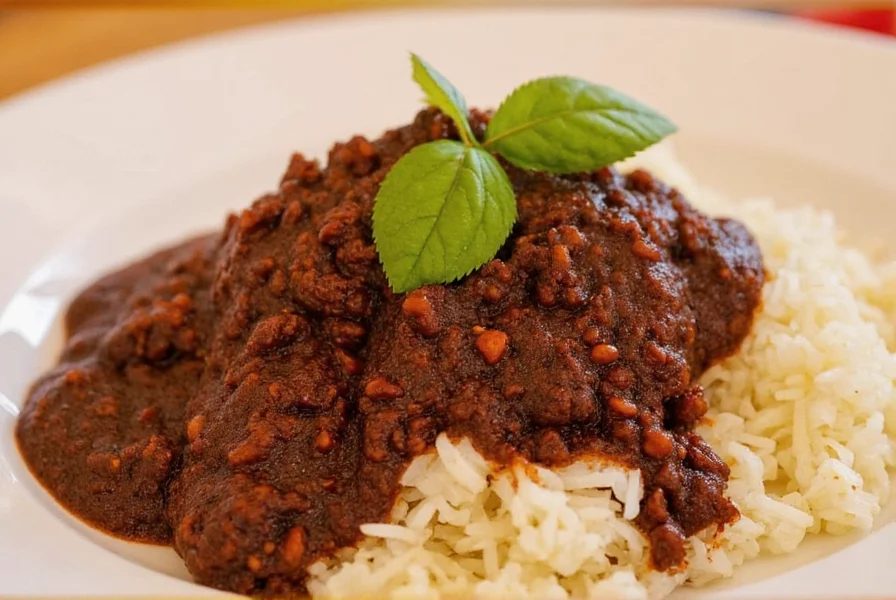
Top 5 Spicy Dry Seasonings for Home Cooks
Ready to build your pantry arsenal? Here are five must-have spicy dry seasonings every home cook should keep on hand:
| Seasoning | Scoville Heat Units (SHU) | Best Used In |
|---|---|---|
| Cayenne Pepper | 30,000–50,000 | Curries, soups, marinades |
| Red Pepper Flakes | 15,000–50,000 | Pizza, pasta, stir-fries |
| Szechuan Peppercorns | Varies (numbing effect) | Szechuan dishes, dumplings |
| Hot Smoked Paprika | 10,000–20,000 | Rubs, stews, grilled meats |
| Ghost Pepper Powder | Over 1,000,000 | Extreme heat dishes, sauces |
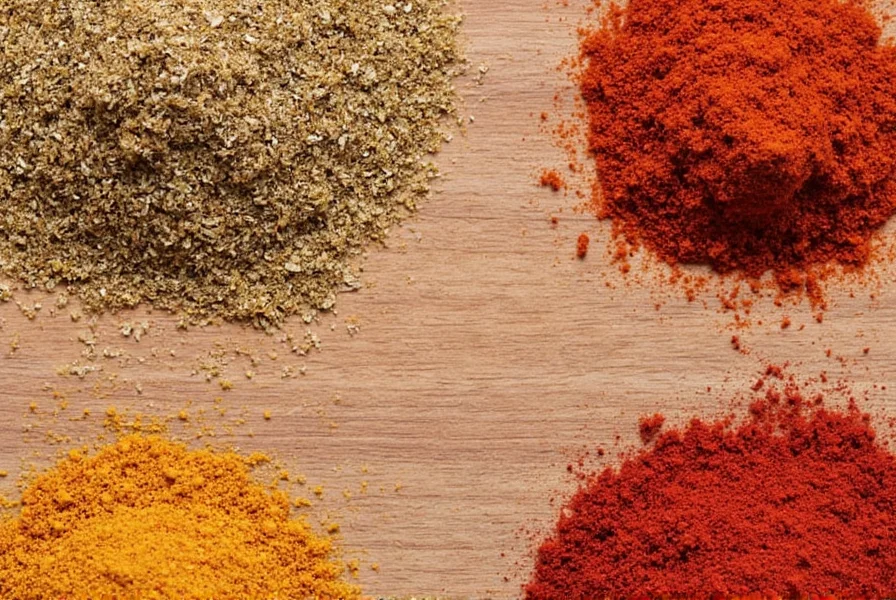
How to Use Dry Spices Effectively for Maximum Heat and Flavor
Dry spices can be tricky to use. Here are key tips to get the most from your spicy dry ingredients without overwhelming your dish:
- Toast before use: Lightly toast whole spices in a dry pan to unlock essential oils and intensify flavors.
- Start small: A little goes a long way—especially with potent powders like ghost pepper. Always begin with less than you think you need.
- Add early in cooking: Unlike fresh herbs, dry spices benefit from being added early to bloom and infuse the dish.
- Mix with oil first: Create a paste with oil before adding to a dish. This ensures even dispersion and prevents clumping.
- Beware of heat degradation: Some spicy dry seasonings lose potency when exposed to high heat for too long.
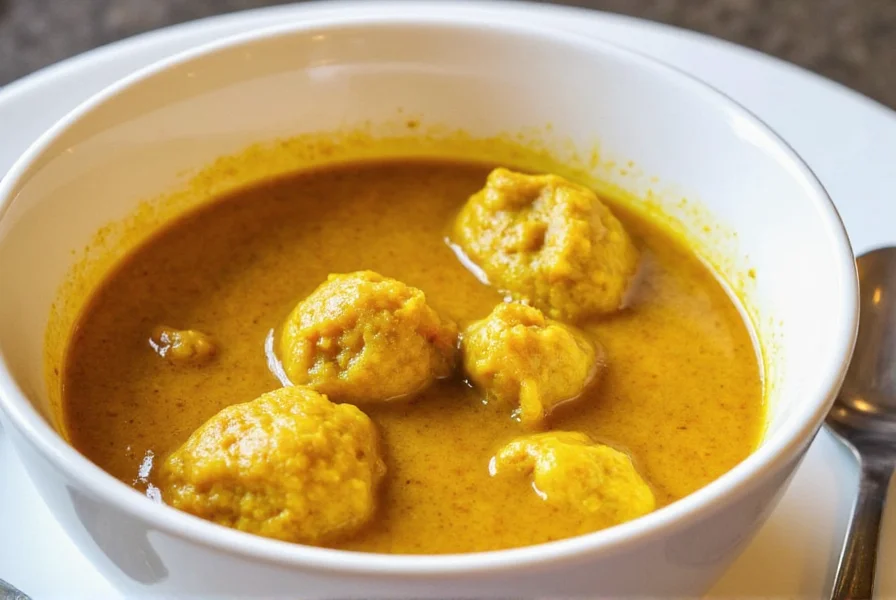
Buying Guide for Spicy Dry Seasonings
Choosing the right spicy dry seasoning can be overwhelming. Here's what to look for:
- Label reading: Check ingredient lists. Pure spices without fillers like salt or starch are best.
- Packaging: Choose opaque, airtight containers to protect from light and moisture.
- Brand reputation: Stick to trusted brands unless experimenting with small quantities from local markets.
- Fragrance test: If possible, smell the spice. Strong aroma indicates freshness and potency.
Featured Products
McCormick Crushed Red Pepper Flakes
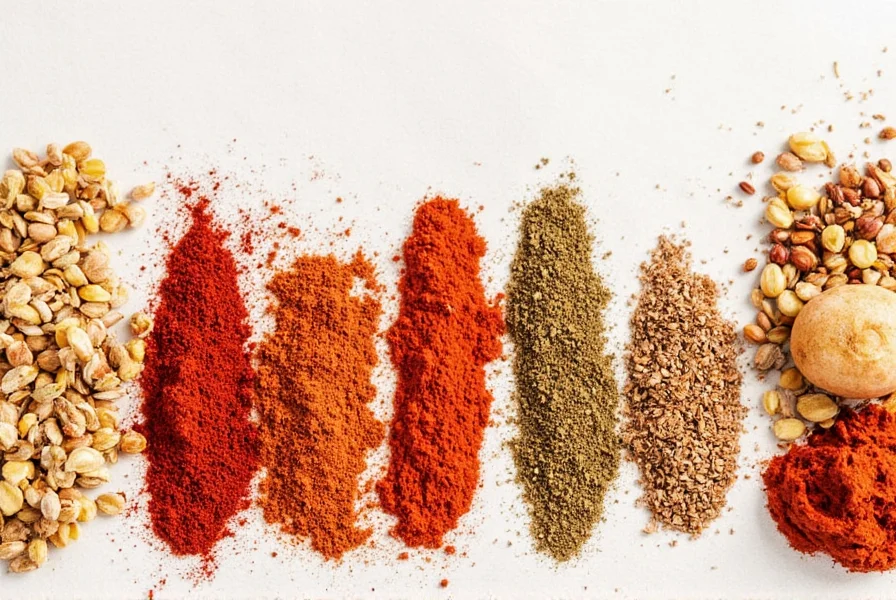
Features: Consistent quality, widely available.
Advantages: Balanced heat, ideal for everyday cooking.
Use Cases: Pizzas, pastas, roasted vegetables.
Target Audience: Home cooks and casual spice lovers.
Occasions: Everyday meals, quick dinners.
Penzeys Cayenne Pepper
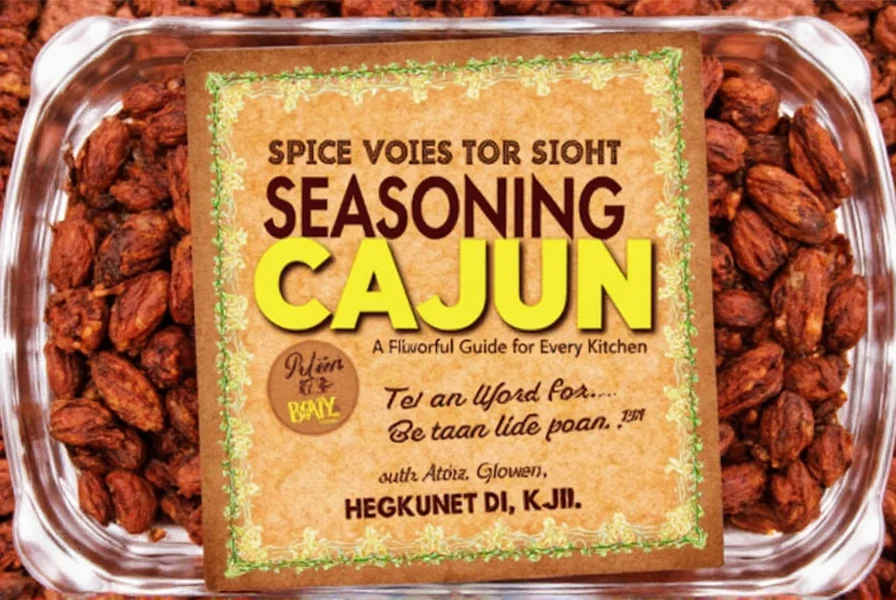
Features: Pure, non-GMO, ethically sourced.
Advantages: High potency and clean flavor.
Use Cases: Curries, chili, marinades.
Target Audience: Cooking enthusiasts and spice purists.
Occasions: Specialty dishes, gourmet meals.
Louisiana Hot Sauce Ghost Pepper Blend
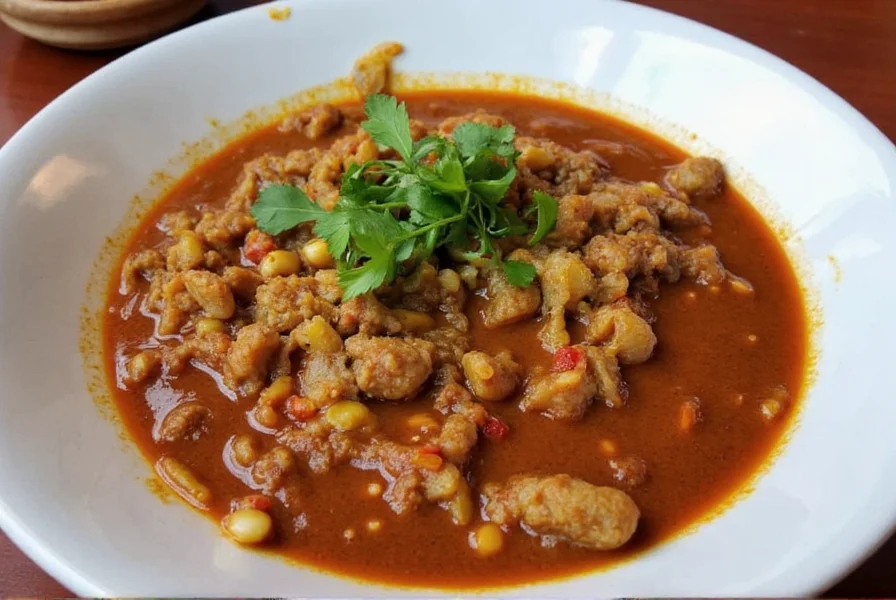
Features: Ghost pepper powder mixed with other spices.
Advantages: Balanced heat and flavor, not overpowering.
Use Cases: Dips, sauces, extreme heat recipes.
Target Audience: Adventurous eaters and heat-seekers.
Occasions: BBQ parties, game day snacks.
Create Your Own Spicy Dry Blends at Home
Want to control your spice profile? Try blending your own spicy dry mixes using these ratios:
Classic Chili Rub
- 2 tbsp smoked paprika
- 1 tbsp cayenne pepper
- 1 tsp garlic powder
- 1 tsp onion powder
- ½ tsp ground cumin
Numbing Szechuan Salt
- 2 tbsp Szechuan peppercorns
- 1 tbsp sea salt
- 1 tsp crushed red pepper flakes
Super Fire Dust
- 1 tbsp ghost pepper powder
- 1 tsp smoked paprika
- ½ tsp cinnamon
- ¼ tsp ground clove
Store these in airtight jars and label clearly. Adjust ratios to match your heat tolerance!
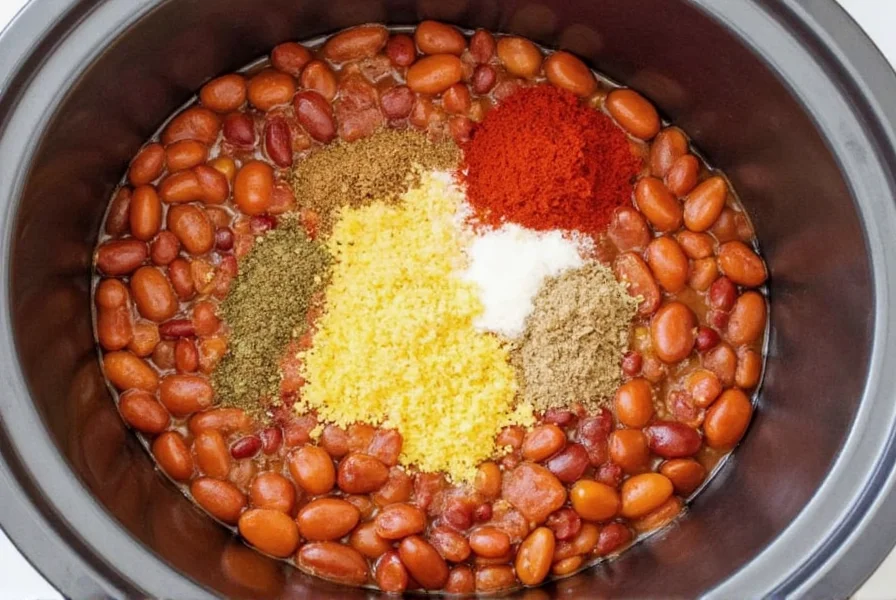
Storage Tips: Keeping Your Spicy Dry Seasonings Fresh Longer
Spices don't expire, but they lose potency. Preserve heat and flavor with these best practices:
- Air-tight containers: Use glass jars with tight lids instead of original packaging.
- Cool, dark places: Keep away from sunlight and heat sources like stoves.
- Date your spices: Label containers with purchase dates. Most dry spices last 2-3 years.
- Avoid humidity: Store away from sinks or dishwashers.
Conclusion
Whether you're adding subtle warmth or unleashing full-blown fire, mastering spicy dry seasonings opens culinary possibilities. From choosing ingredients to creating custom blends and proper storage, each step brings you closer to becoming a flavor alchemist in your kitchen.
So go ahead—sprinkle, mix, toast, and taste your way through the vibrant world of dry spices. Heat may be fleeting, but flavor lasts forever.

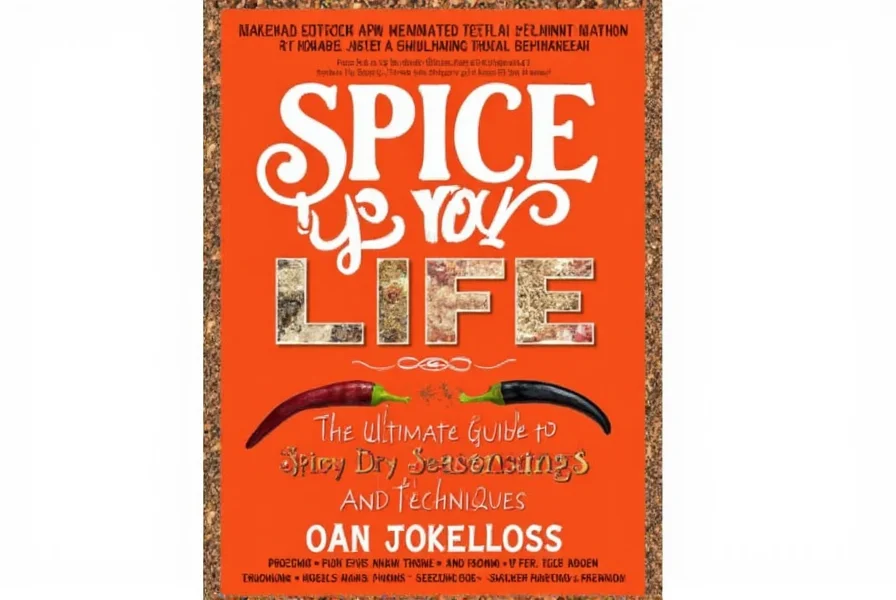









 浙公网安备
33010002000092号
浙公网安备
33010002000092号 浙B2-20120091-4
浙B2-20120091-4